Astronomers have observed neutron stars that emit more energy than is theoretically possible, and now an explanation might be in the works.
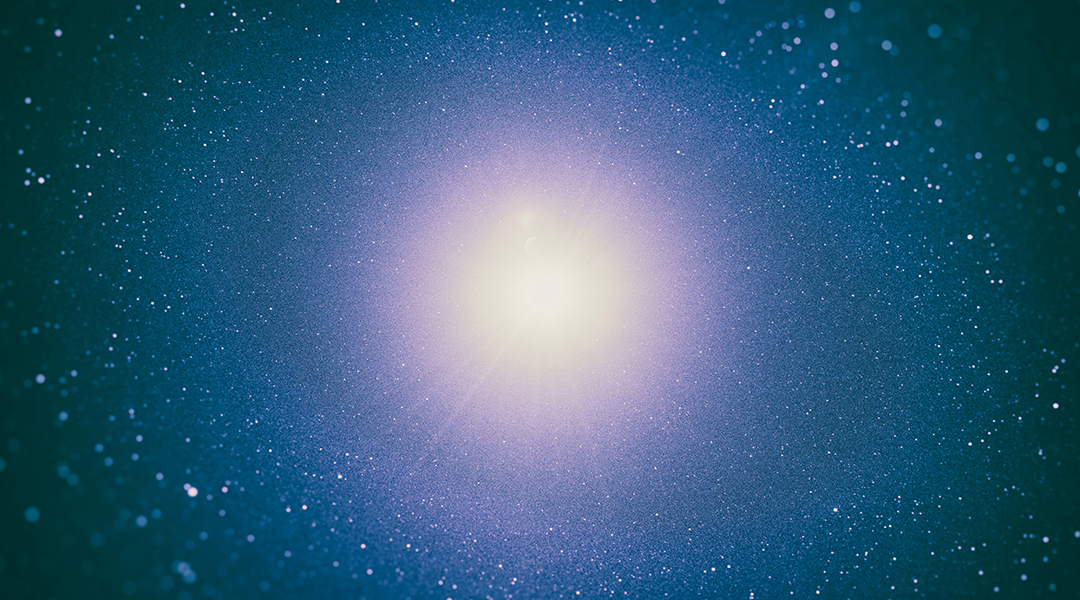

Astronomers have observed neutron stars that emit more energy than is theoretically possible, and now an explanation might be in the works.
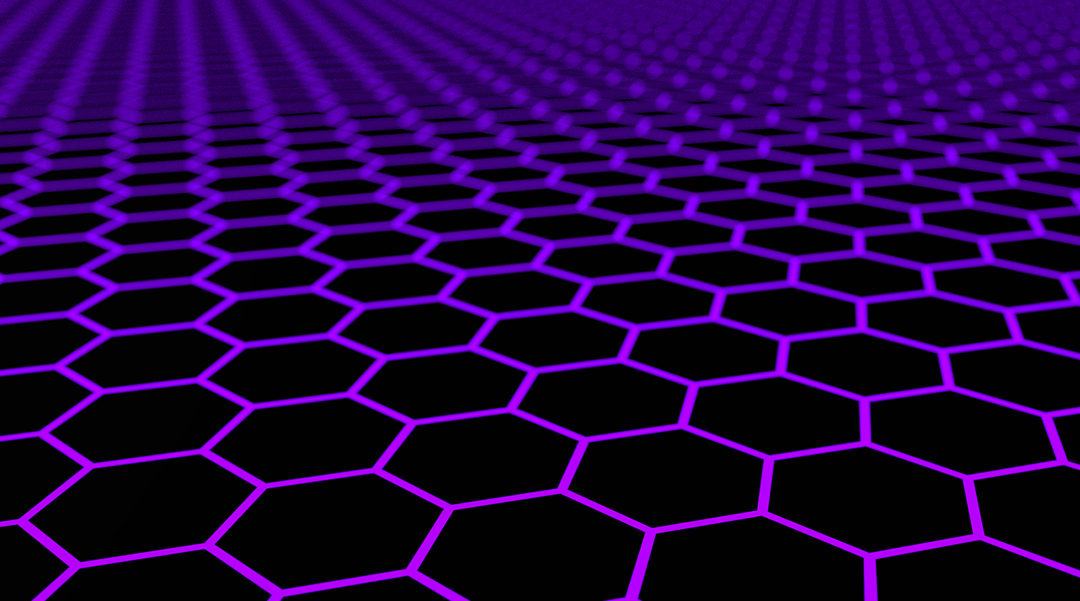
Scientists are exploring the behavior of electrons in helicoidal graphene strips, a unique form of graphene with a twisted shape.
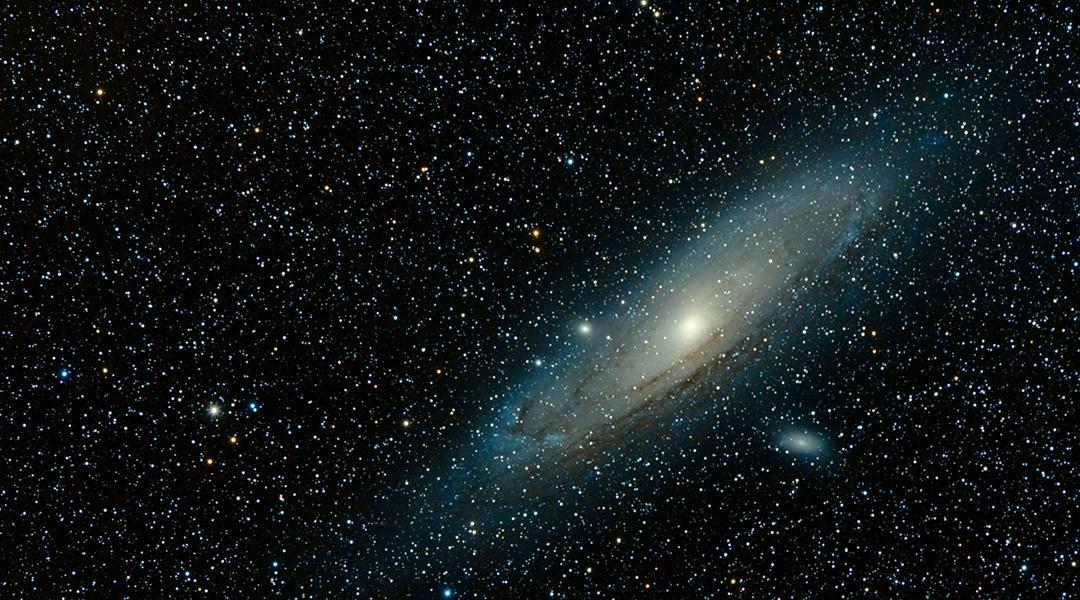
Many physicists are still skeptical that dark energy can fully explain gravity, and are therefore exploring alternative theories.
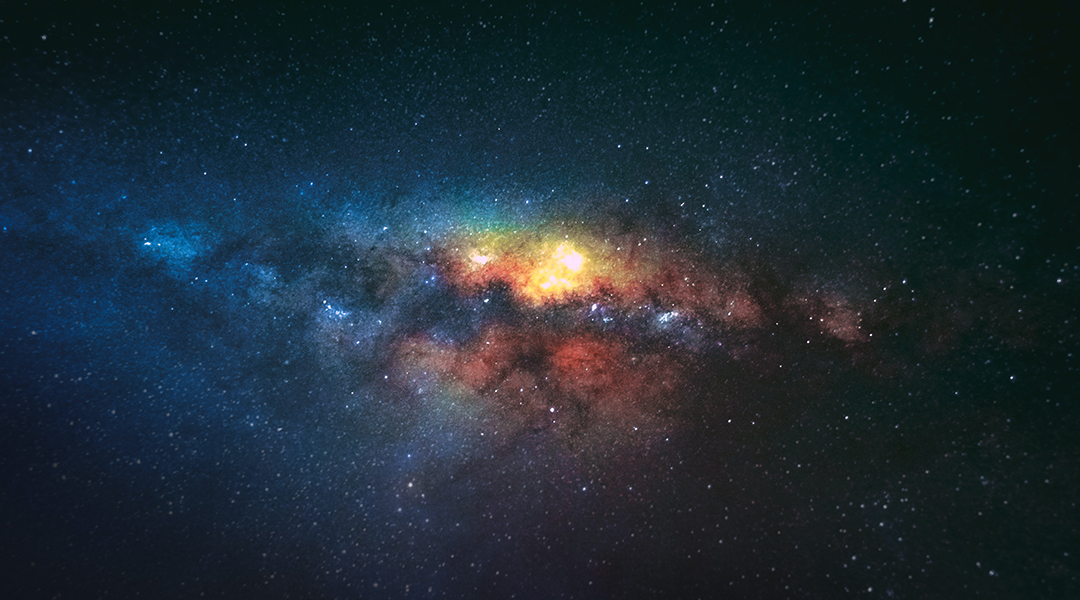
Comparing simulated X-ray emissions from galaxy clusters to real observations provides support for the Standard Model of Cosmology.
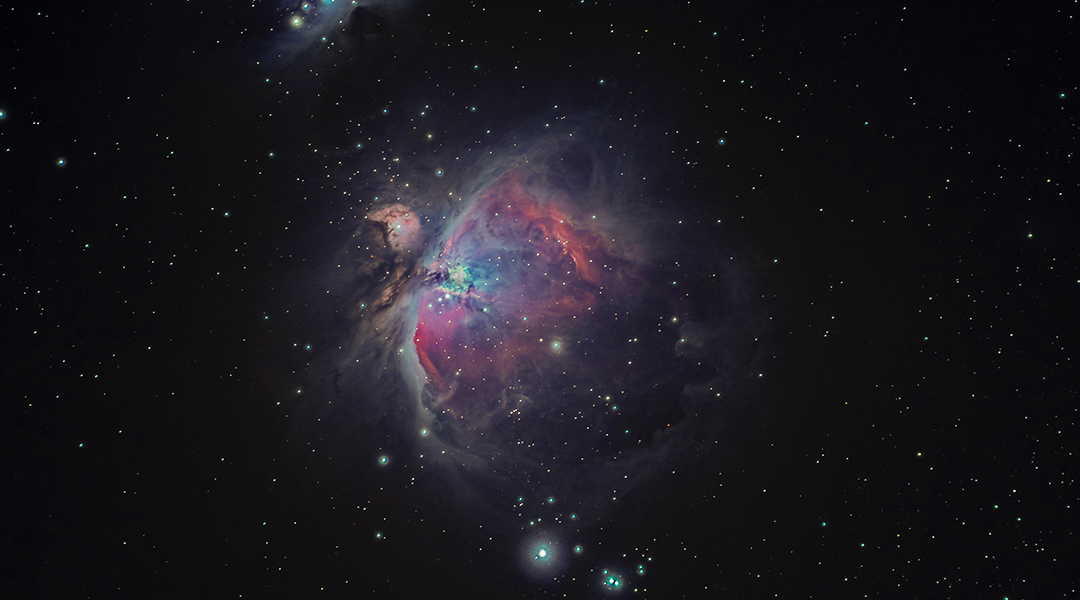
The powerful capabilities of the JWST allowed scientists to penetrate dust and gas clouds to capture crucial data on new star formation.
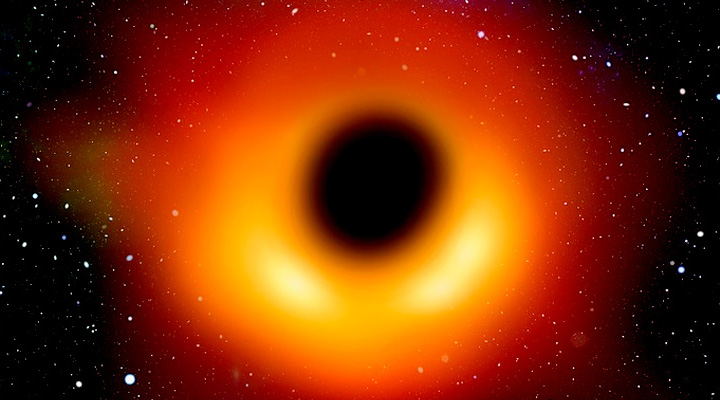
Finding the Universe’s first black holes with the help of Hawking radiation.
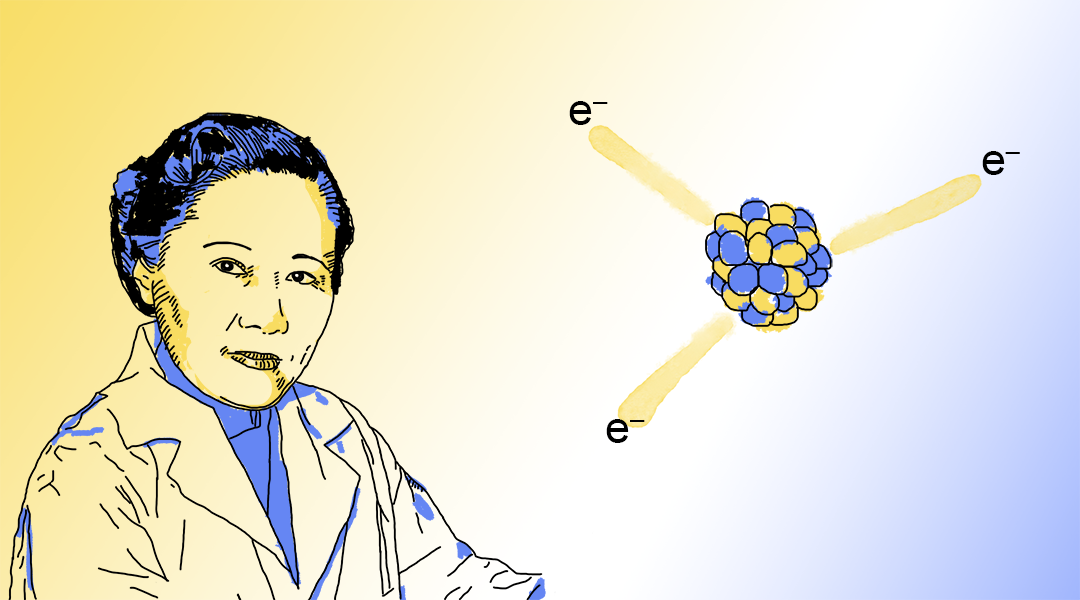
Chien-Shiung Wu was an expert in nuclear physics, making many significant contributions to not only the field, but our understanding of the Universe.
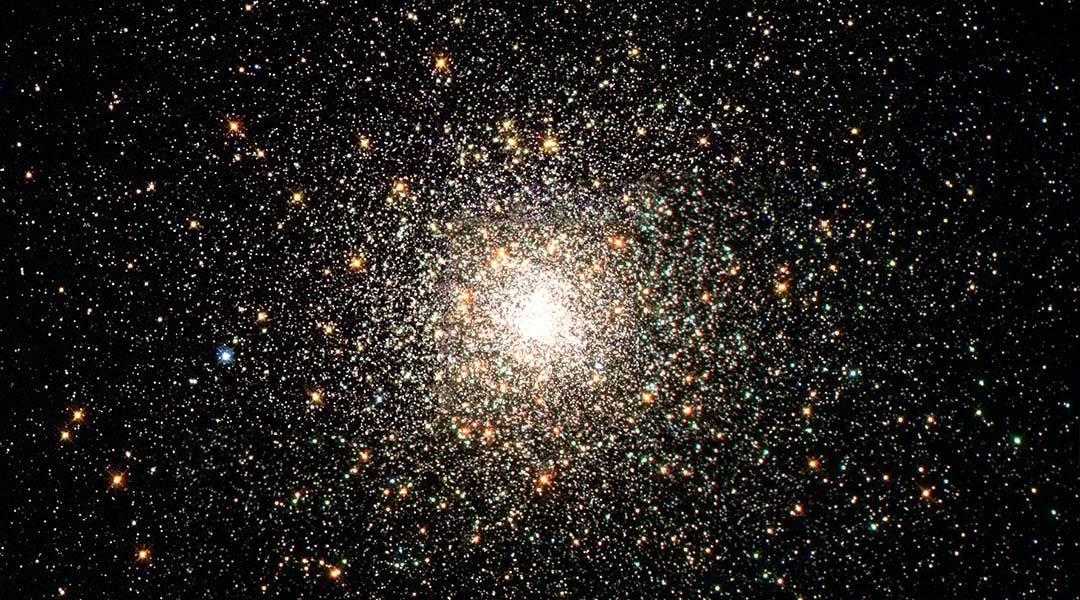
A new study evaluates gravity using string theory, a promising candidate for describing particle interactions at their most fundamental level.
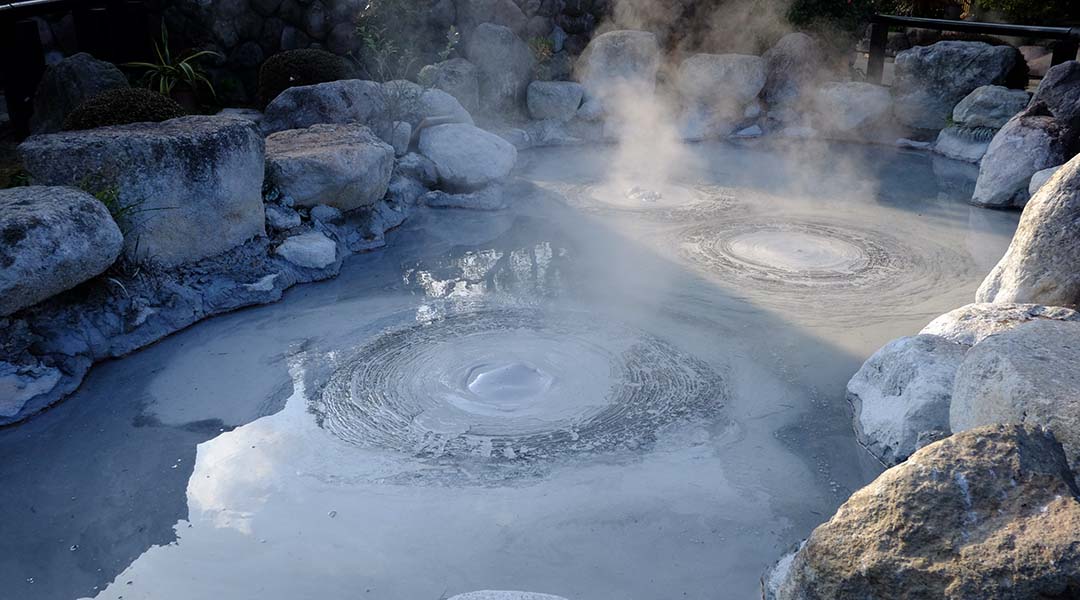
Recent discoveries have unearthed a bonanza of natural hydrogen in significantly larger quantities than was previously thought possible.

New research suggests that pre-kindergarteners perceive time differently from adults and school-age children.